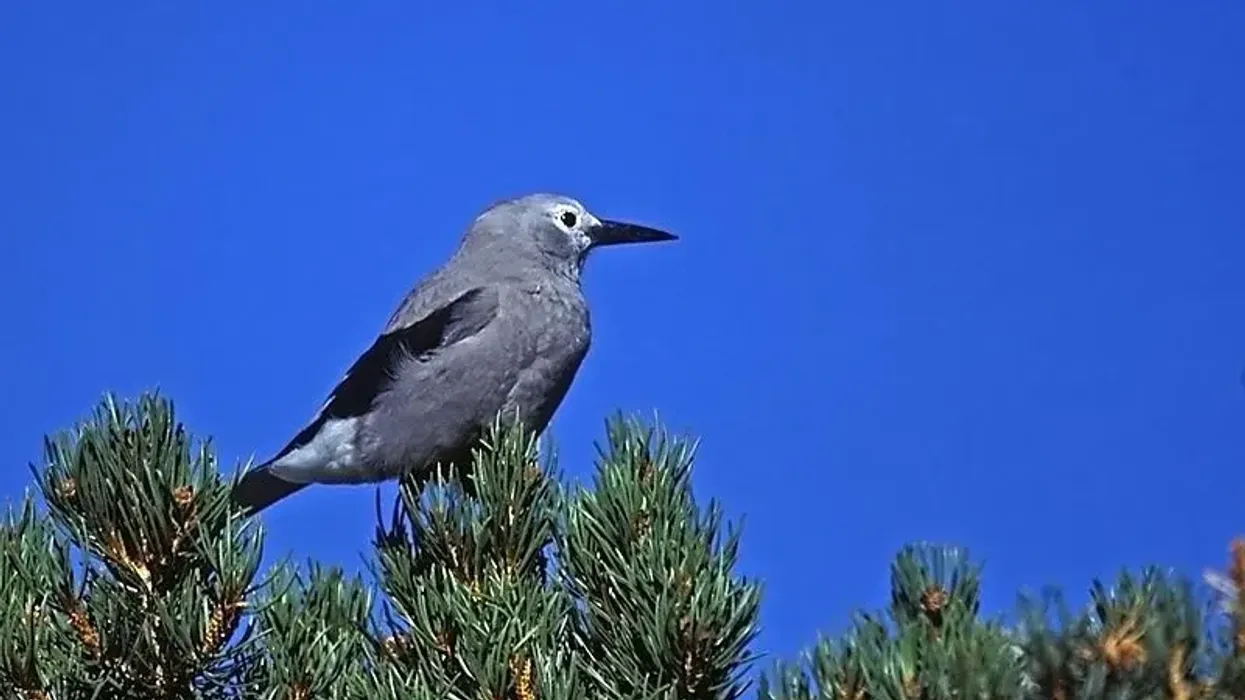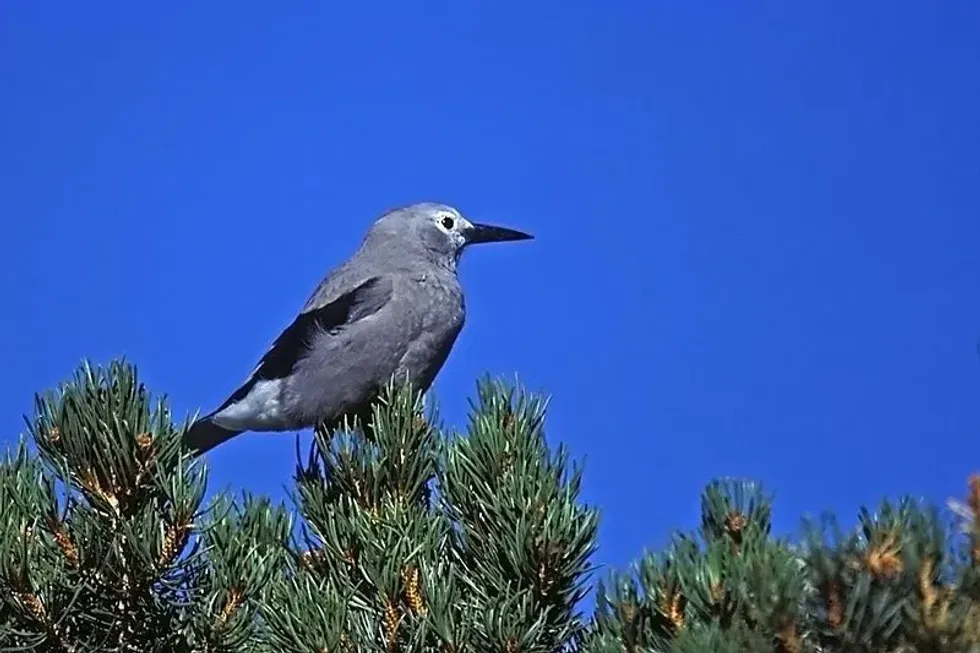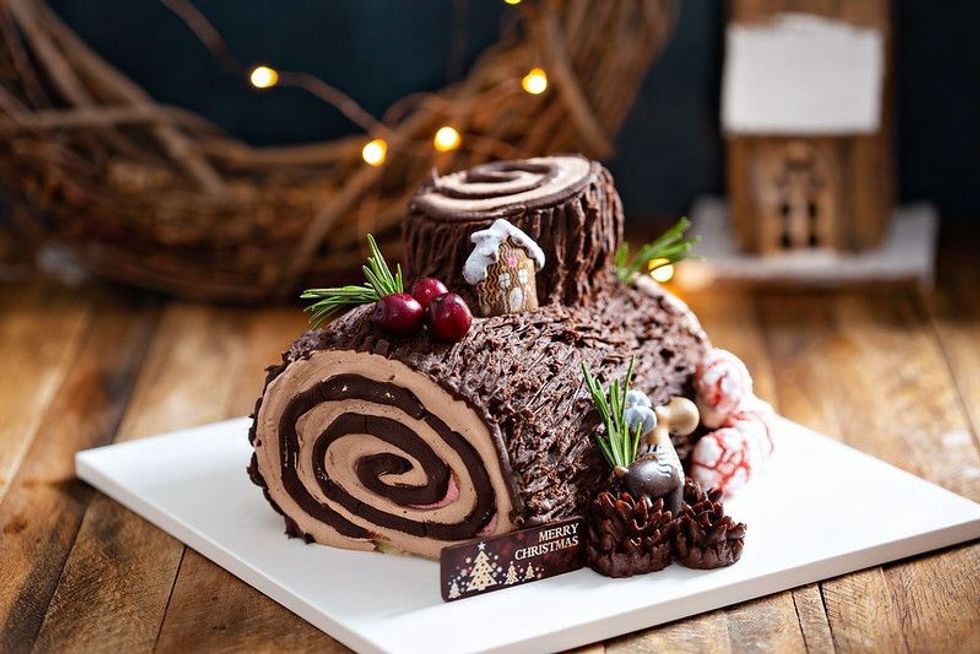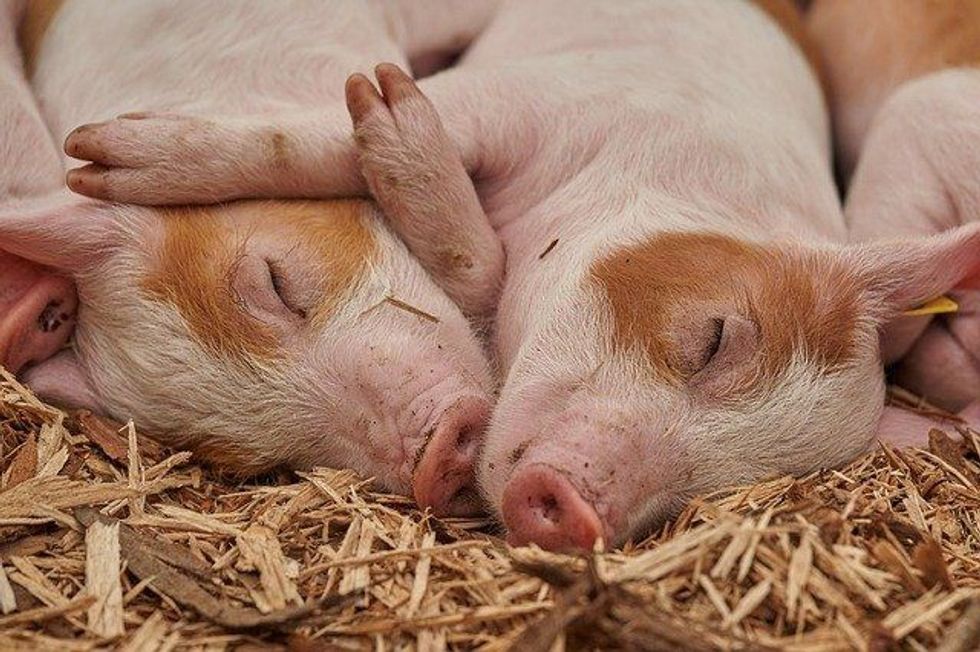Clark's nutcracker is part of the passerine group of birds that are popularly recognized for the peculiar anatomy of their toes. These birds are essentially found along with the coniferous trees and meadows.
However, their origins lie in the mountains of western North America. These birds can be spotted in the American continents, perching on branches, looking marvelous and elegant in their contrasting shading and cheery personas.
Clark's nutcrackers are birds that can be arboreal as well as territorial. Besides the sharp memory, Clark's nutcracker (Nucifraga columbiana) is additionally infamous for the ability to tens of thousands of seeds under the tongue in order to hide them.
Read on and learn to discover some interesting facts about the members of these birds of North America. Afterward, do check out our other articles on the rock ptarmigan and willow ptarmigan as well.
Clark’s Nutcracker Interesting Facts
What type of animal is a Clark's nutcracker?
Clark's nutcracker, or Nucifraga Columbian, is a native bird of western North America. Nucifraga columbiana belongs to the category of passerine birds that comprises a large group of avians widely recognized for the peculiar arrangement of their toes that helps them in perching. This bird was observed for the first time in 1805 by William Clark.
What class of animal does a Clark's nutcracker belong to?
Clark's nutcracker belongs to the class aves of the animal kingdom. These birds are closely related to pines that produce large seeds, such as whitebark pine and limber pine.
Though, these nutcrackers are also found in other montane evergreen forests. These birds collect seeds from pine trees such as Colorado pinyon pines and single-leaf pinyon pines and hide them for later use.
How many Clark's nutcrackers are there in the world?
There is no accurate detail about the total population density of Clark's nutcracker bird, however, these avians are categorized as least concerned on the conservation scale. Therefore it can be safely noted and assumed that the population of Nucifraga columbiana is quite stable for now.
Seed dispersal by these birds has a direct effect on the population structure of several conifer species such as pine trees.
Where does a Clark's nutcracker live?
Clark's nutcrackers are the native inhabitants of the mountain ranges located in western North America. However, these avians are also widely distributed along with the coniferous vegetation and the coastal ranges in Canada.
Nestlings are fed pine seeds by the stored stock of the parents. This enables the adult birds to start to breed from January or February notwithstanding the harsh winter weather in their natural habitat. They share their habitat with several jay subspecies like a blue jay, Florida scrub-jay, California scrub-jay, and Woodhouse's scrub-jay.
What is a Clark's nutcracker's habitat?
The habitat of Nucifraga columbiana includes mixed vegetation such as pine, spruce, or fir trees encompassed with meadows and streams. In general, these birds prefer subalpine zones of tree lines. During winters, members of the Nucifraga columbiana species migrate to lower elevations for survival.
Who do Clark's nutcrackers live with?
In addition to living in flocks formed by the individuals of their own species in the whitebark pine forests. The Clark's nutcracker is found to exhibit harmonious temperaments towards other members of class aves as well. Nucifraga columbiana form loose flocks for foraging as well as protection from predators. They prefer living in forests with their favorite tree species.
How long does a Clark's nutcracker live?
The exact lifespan of Clark's nutcrackers is still unknown, however, the oldest surviving member was reported to be about 17 years old.
How do they reproduce?
The reproductive cycle in Clark's nutcracker begins with the breeding season that generally spans from late winter to the spring season. The Clark's nutcracker is a monogamous species; that is, these birds mate with only one partner throughout the breeding season and in fact, form long-lasting bonds.
In order to woo their partners, the general courtship extends all throughout the year, with increased intensities during the breeding time. Courtship ritual in the Clark's nutcracker includes fast dives and swoops, begging calls, and other intense vocalization.
Nucifraga columbiana establishes its territories for building nests along with the nest sites. The couple works together to construct their nest. Following insemination and fertilization, females lay about two to three eggs.
The eggs are then incubated by both parents for 11-12 days. Once the eggs hatch, the chicks fledge in about 20-22 days following hatching.
What is their conservation status?
As the population of Clark's nutcracker is stable across the range of habitat, it has been designated as a species with Least Concern in the IUCN Red List. Hence, no concerted conservation efforts are required for the conservation of this species.
Clark’s Nutcracker Fun Facts
What do Clark's nutcrackers look like?
With the dimensions of a moderately sized bird, the Nucifraga columbiana is about 11 in (28 cm) in length. The Clark's nutcracker has contrasting colors adorned across its body, with black and white wings and tail. This is heavily contrasted with an overall ashy-grey body shade.
The most amusing and distinguishing anatomy of these avians is their long, dagger-shaped bill. The central tail feather of Nucifraga columbiana is black accompanied by white outer shades. The legs and bill of Clark's nutcracker are also strewn in black shades.
How cute are they?
On a scale of 5, Clark's nutcrackers would easily secure a 3 or 4 for their cuteness. However, the Clark's nutcracker, with their ashy grey texture in a combination of black and white tones here and there are more elegant than adorable sights to behold.
How do they communicate?
The Clark's nutcracker makes use of chirps and calls to communicate. They use varied calls and tones to communicate with other members of the species. These birds with a pine seed diet also use their calls or steady wing beats to issue warnings to other birds. During the breeding season, the pair indulge in intensive chirping and vocalization.
How big is a Clark's nutcracker?
The average length of Clark's nutcrackers ranges between 10.6-11.8 in (27-30 cm) and a wingspan of 24 in (61 cm).
How fast can a Clark's nutcracker fly?
These birds exhibit the flying speeds of the general tiny birds and are quite active and agile with fast flying speed. Particularly during the breeding seasons, the pair is often observed in quick dives and swoops.
How much does a Clark's nutcracker weigh?
The average weight of Clark's nutcracker or Nucifraga columbiana ranges between 3.7-5.7 oz (105-161 g).
What are the male and female names of the species?
Males are referred to as male Clark's nutcracker while females are referred to as female Clark's nutcracker. Adults collect pine seeds, such as whitebark pine and limber pine, in late summer and fall, sometimes carrying up to almost 90 seeds at a time.
What would you call a baby Clark's nutcracker?
Baby Clark's nutcrackers are referred to as juveniles. Juveniles are fed pine seeds from the winter stores.
What do they eat?
Clark's nutcrackers are omnivorous organisms feeding on a range of food items with their spike-like bills. The prime feed of the Clark's nutcracker includes conifer seeds, whitebark pine seeds, however, the food resources include ants, insects, eggs of other birds, carrion, and small vertebrates.
Owing to their abilities to crack out seeds from their cones and shells, these avians are known as nutcrackers.
Are they dangerous?
Clark's nutcracker is not a typically dangerous member of the crow family. These avians generally keep to themselves, however, like most birds these birds from crows' families may be scared easily by human presence and when threatened, they get aggressive, mobbing in groups to attack their predators.
Would they make a good pet?
No, Clark's nutcracker is a wild bird and not a suitable pet. The reason is that this species of bird is an outgoing bird that enjoys its freedom of flight as well as its territorial movement.
Moreover, Clark's nutcrackers are foraging bird species. Keeping these avians in a cage would be cruel as confined spaces are really not the best or comfortable environment for them.
Did you know...
The bill of Nucifraga columbianas is dagger-shaped which facilitates them in cracking nutshells leading to the generic designation of these avians as nutcrackers.
Nucifraga columbianas are well-recognized for their ability to carry about 30 - 150 seeds at one go under their tongue.
Clark's nutcrackers are smart birds; recognized for their long-lasting memories. These ashy-grey birds remember the exact location of their seed digs even after months of their initial storage.
These birds, from the family Corvidae, collect seeds from pine trees such as Colorado pinyon pines and single-leaf pinyon pines. These birds from the crows family plan an important role in seed dispersal for more than five pine species. The whitebark pine tree is entirely dependent on the bird for seed dispersal.
These birds are found almost exclusively in coniferous forests at high elevations.
Changes in climate contribute to whitebark pine decline by accelerating succession to more shade-tolerant conifers and creating conditions that are not suitable for this tree. As a result, even these birds face various threats from climate change.
How many pine seeds does a Clark's nutcracker hide in a year?
Depending on the factors such as the species of the tree as well as the type of cone crop vegetation, the Nucifraga columbianas from the family Corvidae can hide about as many as 98,000 seeds in a year.
What eats the Clark's nutcracker?
The common predators of these birds from the crows family belonging to the Corvidae family include prairie falcons, great horned owls, Swainson's hawks, Northern goshawks, golden eagles, red-tailed hawks, and more.
Here at Kidadl, we have carefully created lots of interesting family-friendly animal facts for everyone to discover! For more relatable content, check out these Toulouse goose facts and currawong facts pages.
You can even occupy yourself at home by coloring in one of our free printable clark’s nutcracker coloring pages.










